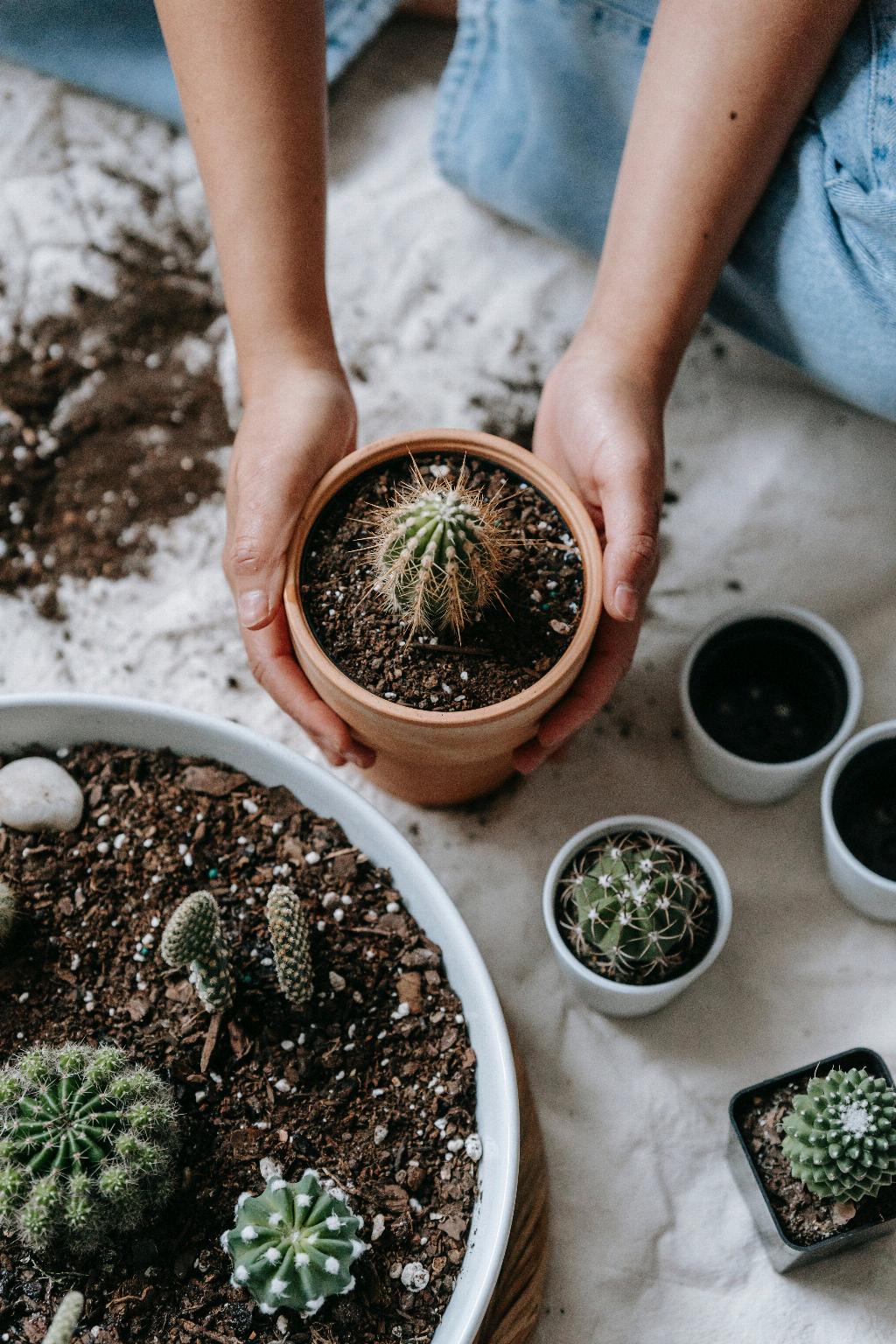When it comes to the Peruvian Apple Cactus, also known as the Cereus repandus or pitahaya, there is a delightful secret waiting to be uncovered – its edible fruit. This cactus, like its relatives, offers not only a stunning display of white flowers but also a delectable treat in the form of its fruit. Imagine walking through a garden filled with these majestic cacti, knowing that the fruit they bear is not just for show but can actually be savored.
The Peruvian Apple Cactus stands out for more than just its ornamental value. Its buds and fruit are both edible, making it a versatile plant that serves both aesthetic and culinary purposes. For those looking to add a unique touch to their meals, incorporating the buds into pickling recipes alongside tomatoes and yucca buds can create a flavorful experience that combines both tradition and innovation.
One can’t help but appreciate the dual nature of the Peruvian Apple Cactus – a plant that not only enchants with its striking appearance but also surprises with its edible offerings. With its ability to bear fruit that not only looks appealing but also tastes delicious, this cactus is a true gem in the world of culinary delights.
Exploring the culinary potential of the Peruvian Apple Cactus fruit opens up a world of possibilities for those with a taste for adventure. Whether eaten fresh, incorporated into dishes, or used in creative recipes, the fruit’s versatility allows for endless experimentation in the kitchen.
There is a certain thrill in knowing that the fruit of the Peruvian Apple Cactus is not just a visual delight but a gastronomic one as well. Its unique flavor profile adds a touch of exoticism to any dish it graces, making it a sought-after ingredient for those looking to elevate their culinary creations.
For those with a penchant for exploring new flavors and ingredients, the Peruvian Apple Cactus fruit presents an exciting opportunity to expand their culinary horizons. With its distinctive taste and texture, this fruit offers a refreshing twist that can enliven any recipe it is used in.
There is something truly special about the Peruvian Apple Cactus fruit – a hidden gem waiting to be discovered by those willing to venture beyond the ordinary. Its edible nature adds an element of surprise to an already captivating plant, turning a casual garden stroll into a culinary adventure.
Whether enjoyed on its own or incorporated into a dish, the Peruvian Apple Cactus fruit offers a unique and memorable dining experience. Its delicate flavor and enticing aroma make it a standout ingredient that can add a touch of elegance to any meal.
As one indulges in the Peruvian Apple Cactus fruit, a sense of appreciation for nature’s bounty emerges. The cactus, with its edible buds and fruit, serves as a reminder of the wonders that can be found in the most unexpected places, encouraging us to embrace new tastes and textures.
With its edible fruit, the Peruvian Apple Cactus proves that beauty and utility can coexist harmoniously in nature. Its striking appearance and culinary potential make it a plant worth celebrating, highlighting the interconnectedness of aesthetics and gastronomy in the natural world.
For those seeking to add a touch of exoticism to their culinary repertoire, the Peruvian Apple Cactus fruit offers a unique and flavorful option. Its subtle sweetness and intriguing texture make it a versatile ingredient that can complement a wide range of dishes, from salads to desserts.
In conclusion, the Peruvian Apple Cactus fruit is indeed edible, adding a delightful twist to both garden landscapes and dining tables. Its dual role as an ornamental plant and a source of delectable fruit underscores the richness of nature’s offerings, inviting us to savor not just the beauty but also the flavors that plants like the Peruvian Apple Cactus have to offer.

